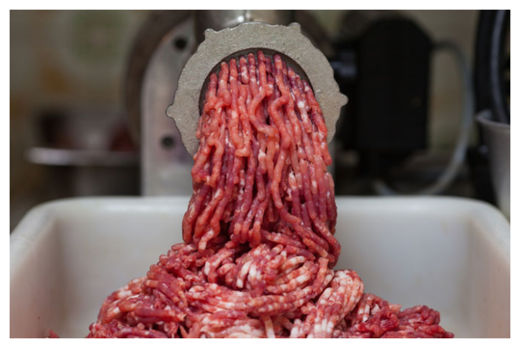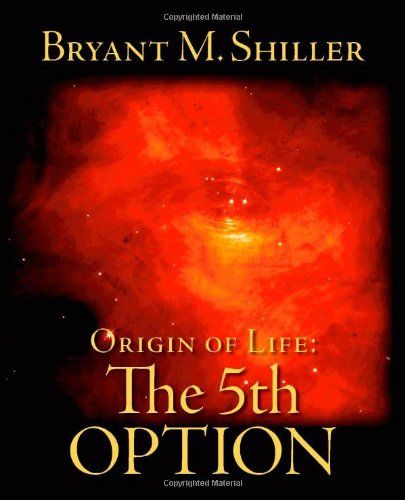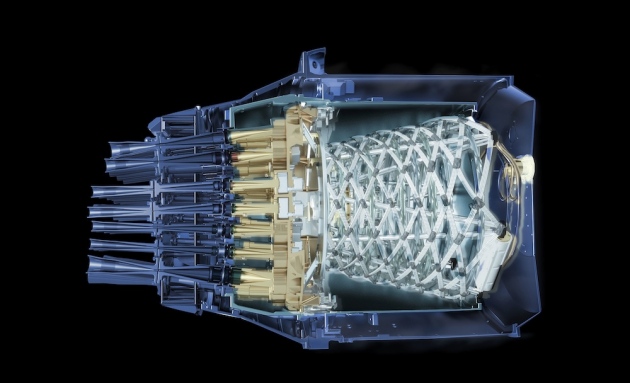
State Environment Department Secretary Ryan Flynn issued a formal order giving the lab two days to submit a plan for securing the waste containers, many of which are likely stored outdoors on the lab's northern New Mexico campus or at a temporary site in west Texas.
The order says 57 barrels of waste were packed with nitrate salts and organic kitty litter, a combination thought to have caused a heat reaction and radiation release that contaminated 22 workers with low levels of radiation at the Waste Isolation Pilot Plant near Carlsbad in February.
The kitty litter soaks up any liquid before drums of waste are sealed and shipped. Officials are investigating whether a switch from non-organic to organic litter is to blame for the leak.
According to the order, two of those containers are known to be at WIPP. It doesn't say where the rest of the barrels are, but Los Alamos was in the process of transferring the last of thousands of barrels of waste from decades of nuclear bomb making to the underground dump when the leak shuttered the half-mile-deep mine.
Some containers were then transferred to temporary storage at a commercial nuclear waste dump in Andrews, Texas. But all shipments were stopped when investigators earlier this month zeroed in on the Los Alamos container as the likely source of the leak.
"Based on the evidence presented to NMED, the current handling, storage, treatment and transportation of the hazardous nitrate salt bearing waste containers at LANL may present an imminent and substantial endangerment to health or the environment," the order signed by Flynn states.












Comment:
Fairy circle mystery gets new explanation
Fairy circle mystery solved by computational modelling
'Fairy Circle' mystery solved?
Mysterious African 'Fairy Circles' Stump Scientists